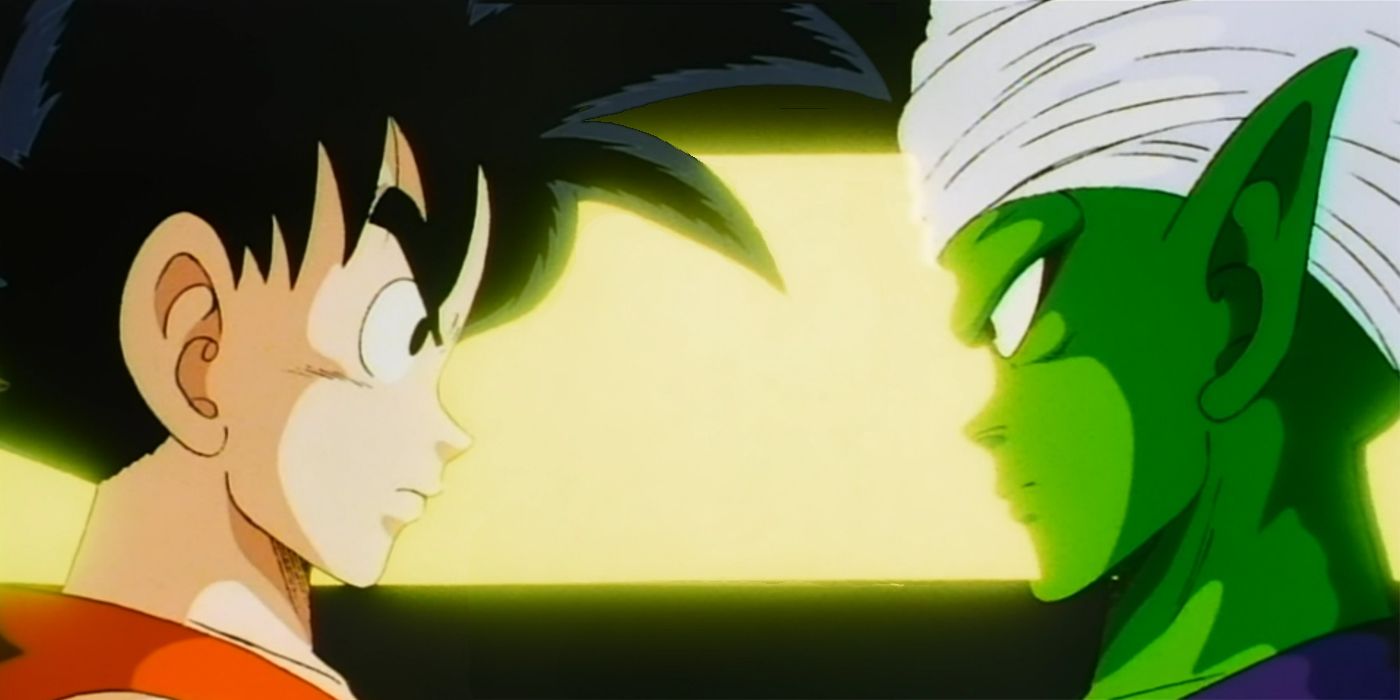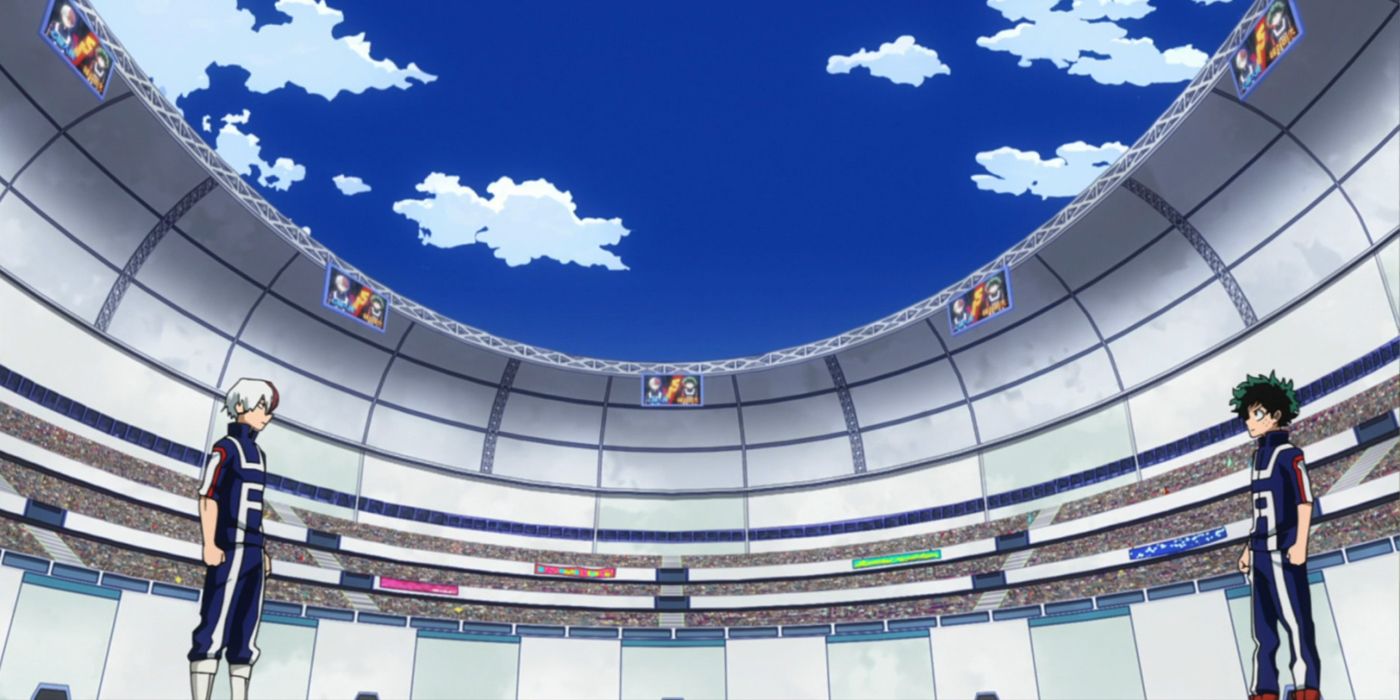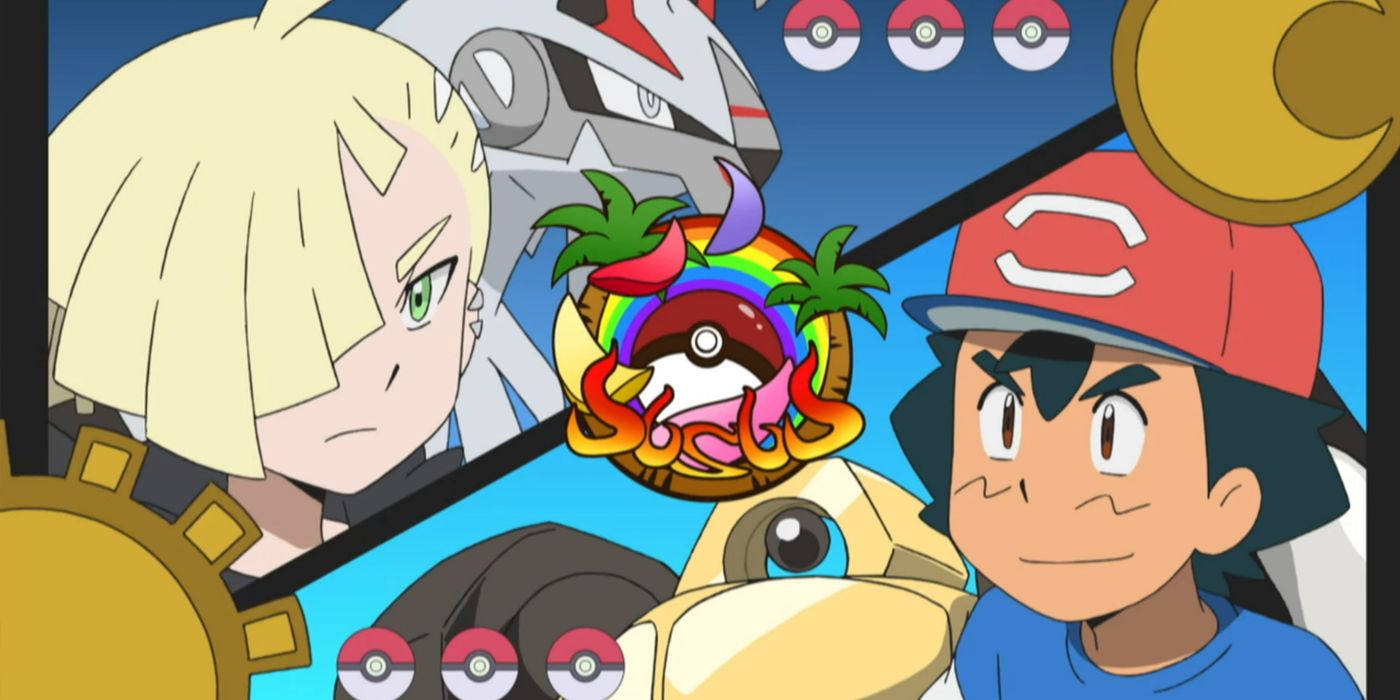
The tournament arc is a staple of action-based anime and manga series. Whether the goal is to win a critical prize, to prove who's the best, or to gain power and prestige, a tournament is often the way that characters in these series decide to settle things. But why is the tournament formula so common in Japanese media, especially when it's fairly rare in the West?
The origins of the tournament arc go back almost as far as modern manga. One of the first popular manga series to prominently feature a tournament was 1968's Ashita no Joe (Tomorrow's Joe), a Rocky-like tale of a young underdog entering the world of boxing. Like modern series, a lot of time is spent on training and preparation for a fight, and competitors throw their all into every match. Ashita no Joe (and its 50th-anniversary remake, MegaloBox) pay far more attention to the physical toll of fighting, however, and often victory comes at a steep price. The series was extremely influential and helped bring a lot of sports story tropes into the genre.
In Ashita no Joe, the tournament is the story. It isn't until Dragon Ball that the idea of a tournament as a separate arc within a larger story catches on. Dragon Ball's World Martial Arts Tournament (or Tenkaichi Budokai) first appears in chapter 24 of the manga, released in 1985, and establishes some of the traits that become common. The World Martial Arts Tournament is still simply a fight to see who's strongest, with nothing else on the line, and the protagonist Goku and several of his friends and allies enter the tournament together. In contrast with many of the fights thus far into the manga, the World Martial Arts Tournament had a few things that set it apart. First, there were now rules that had to be adhered to, regarding ring-outs, the amount of injury that can be inflicted on opponents, etc. Secondly, all fights were one-on-one; this had the benefit of allowing secondary characters a chance in the spotlight when they win while establishing the strength of dangerous opponents when they lose. It allows allies to fight each other in competitive but not deadly situations, and it's a convenient reason to introduce and show off a large batch of new characters at once. The tournament structure also has the benefit of built-in escalation, as each fight clearly brings the protagonist closer to the goal.

The first tournament was successful enough for Dragon Ball to continue using them, often with higher stakes or even deadly consequences for losses (like the destruction of Earth in the Cell Games). Other manga creators began to take notice and gave their own spin on the tournament idea. Yu Yu Hakusho's Dark Tournament arc places characters on teams, cycling out who fights, and most notably sees the characters forced to participate against their will. Hunter X Hunter used a double-elimination tournament to decide who of the finalists would receive a hunter's license, which allowed characters a second chance after they lose to still get a license, something that was critical to most of their character arcs. And as these works began to be adapted to anime, a new benefit of tournaments became apparent: original filler content could easily be created by showing matches that were skipped over in the manga, allowing for additional characterization for contenders and building up more of a buffer between the manga's release schedule and the anime's.
Of course, the downside to that is it increases the amount of time it takes to move through the tournament arc; Dragon Ball's original World Martial Arts Tournament arc lasted 30 chapters, while the anime adaptation took 15 episodes. The anime added in quite a few fights for Yamcha in the preliminary rounds which weren't shown in the manga, which wasn't necessarily a bad thing. By the next World Martial Arts Tournament, where Tien Shinhan first shows up, it was 21 chapters and 17 episodes, adding a lot of new scenes and padding, but also causing it to drag a bit, as the story was unable to move forward until the tournament concluded. Other tournaments, like the aforementioned Cell Games, have been accused of existing solely for this potential to act as padding, while doing little to address the actual threat Cell posed.

One-Punch Man parodies this tendency among shonen works with its own Super Fight martial arts tournament, that Saitama enters under a false name and wearing a wig, only to lose the final round on a technicality. Amusingly, the anime actually subverts this expectation of the story slowing down by continuing to show Genos and the other S-class heroes battling monsters, while Saitama waits bored in a locker room for his turn on stage. Other modern series have made a point to learn from this as well, featuring either much shorter tournaments or interweaving the tournament with other story threads elsewhere.
My Hero Academia has a tournament in the form of the Sports Festival, which lasts 22 chapters (or 11 episodes), and takes place early enough in the series that each fight allows for important establishing character moments which come back later, such as Todoroki's relationship to Endeavor. The most recent seasons of the Pokémon anime have also gone from one lengthy tournament arc at the end of each generation to a tournament that's been ongoing in the background, complete with an ELO-style ranking system, which keeps the fights from eating up too much time at once.
Despite the slow-moving nature of tournament arcs, the manga industry has continued to rely on them for their ability to introduce new characters, give secondary characters (such as Dragon Ball's Piccolo) some time in the limelight, and their naturally escalating structure. While fans may occasionally groan, the lengthy nature of the tournament arc is undeniably part of its appeal to writers; it gives them the chance to get feedback on some of those new characters quickly and decide which (if any) will continue to feature prominently after the tournament. Modern series have mostly learned from the mistakes of the past, using techniques to help keep the story moving along during longer arcs, but the classic tournament arc won't be disappearing from Manga any time soon.
https://ift.tt/3gEx3Io
June 20, 2021 at 12:47AM




